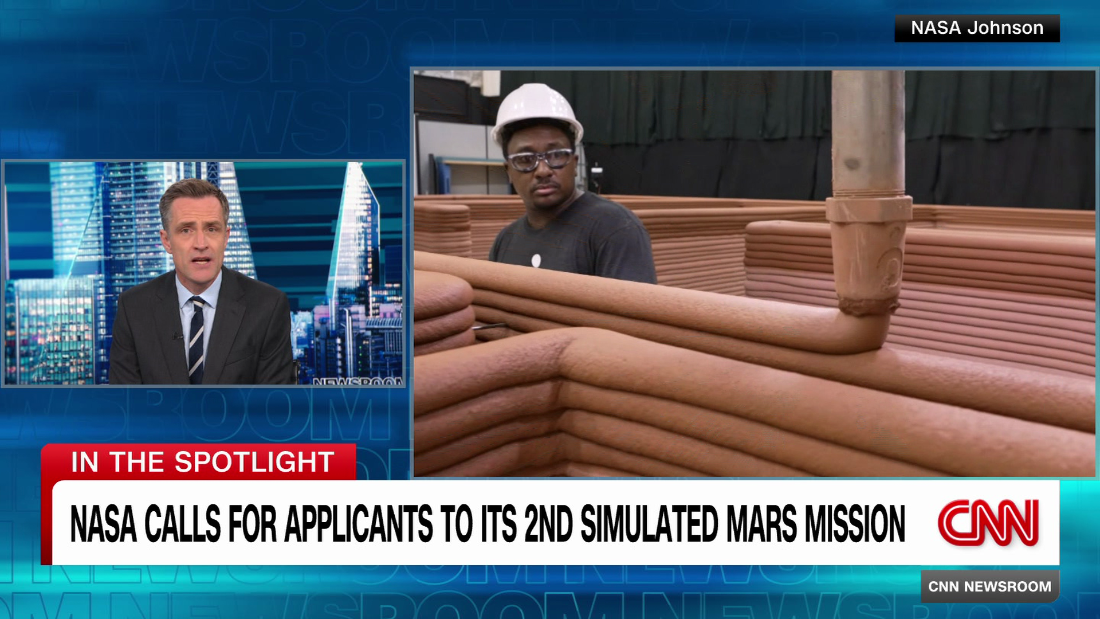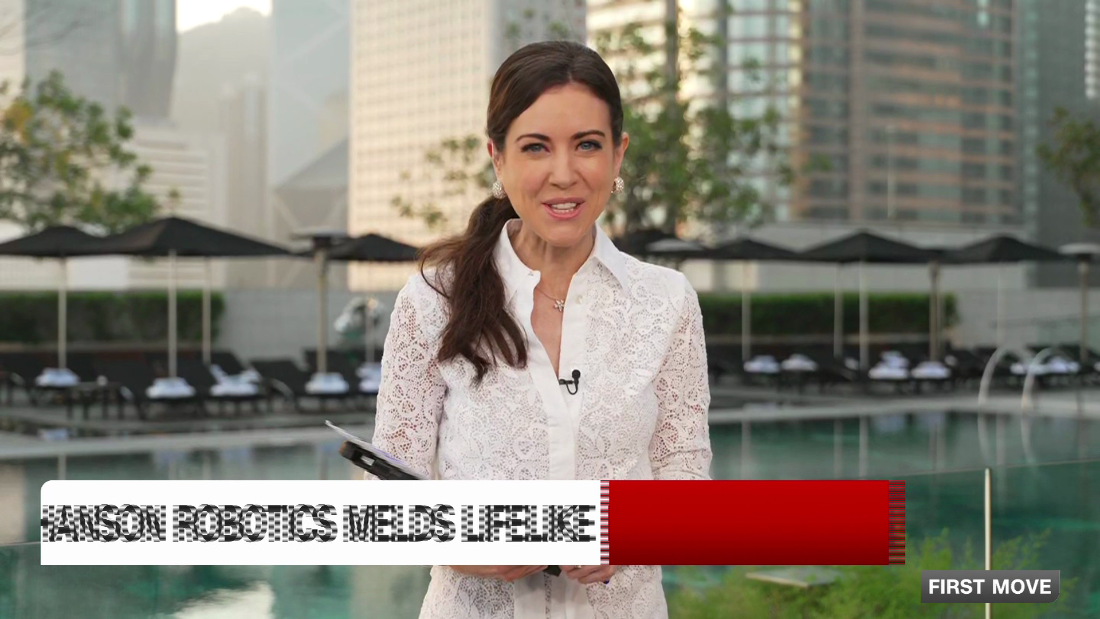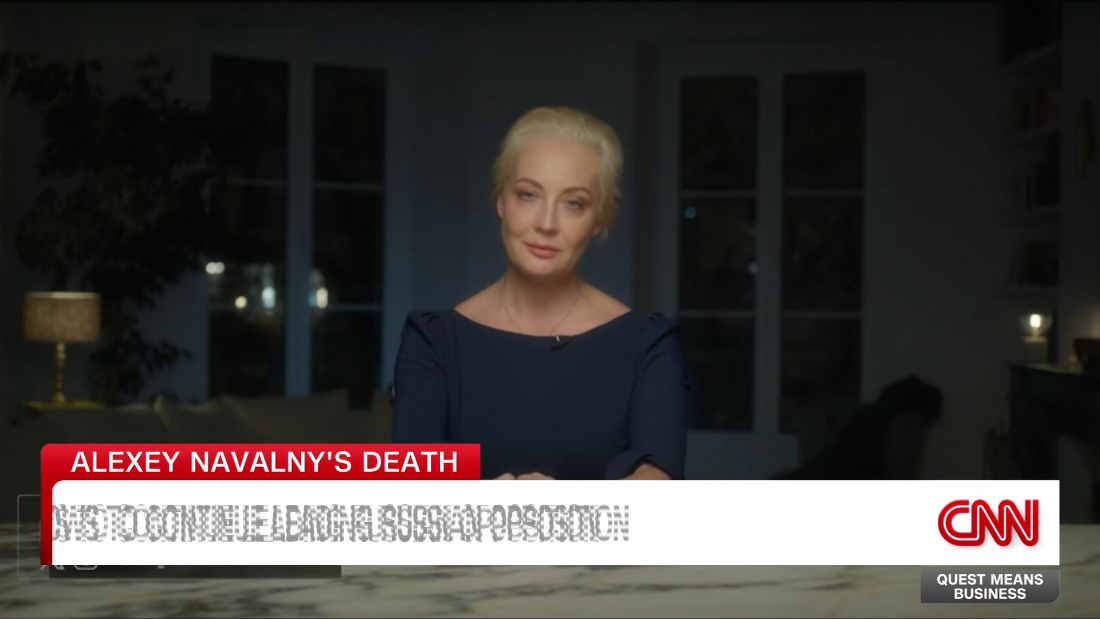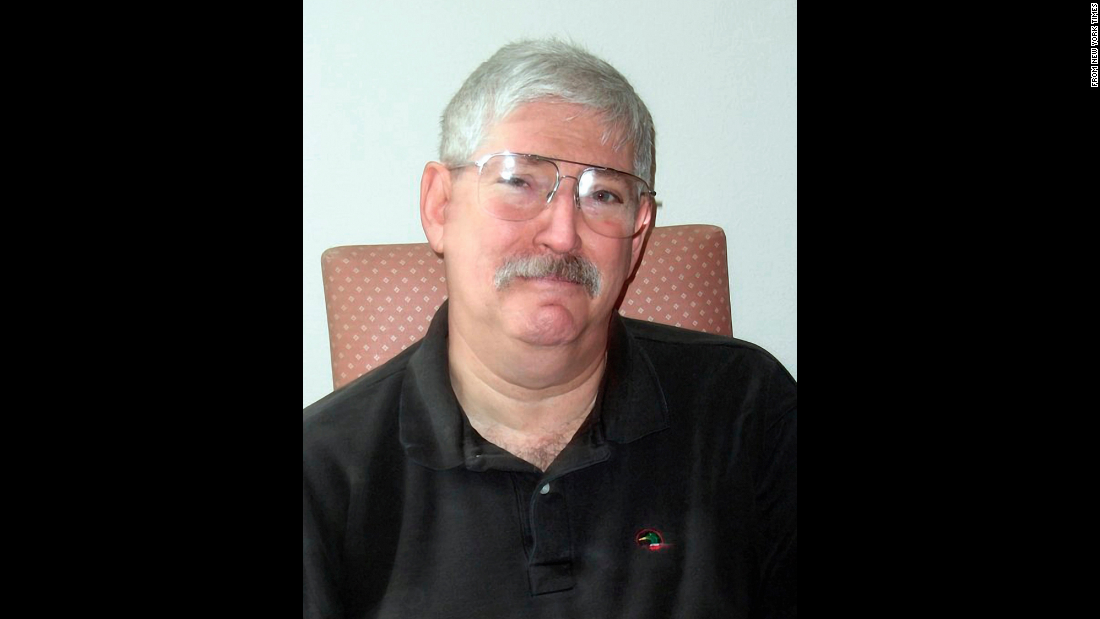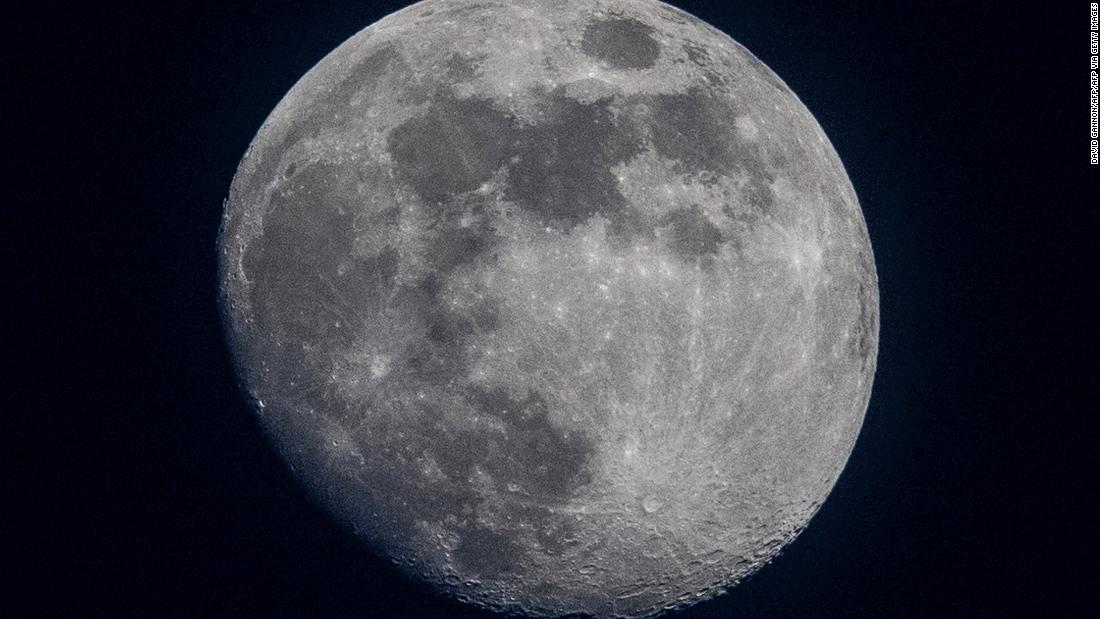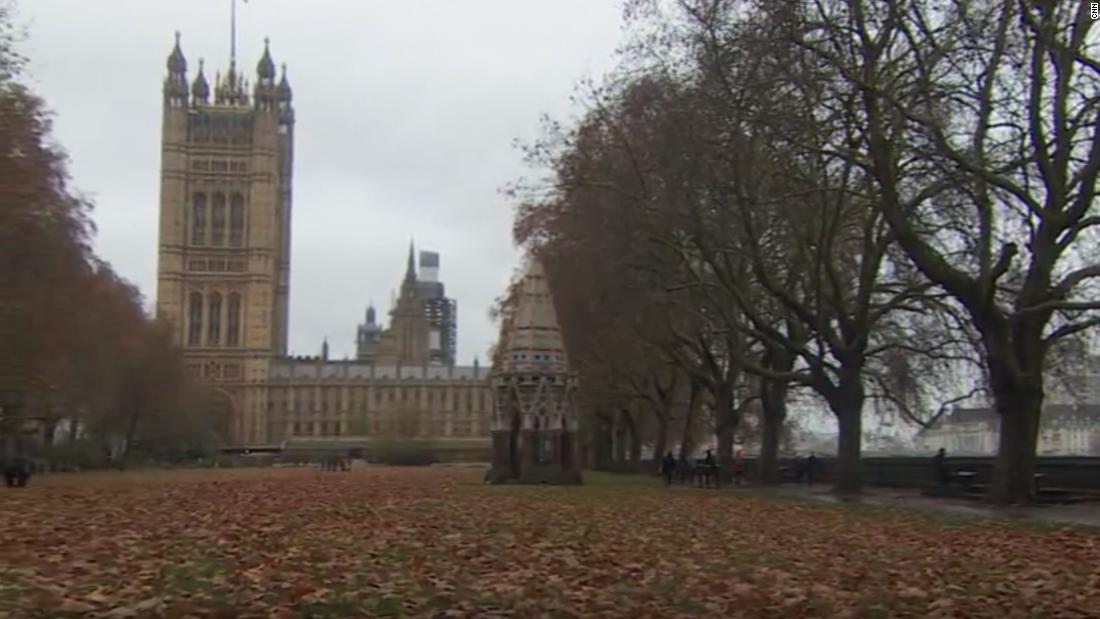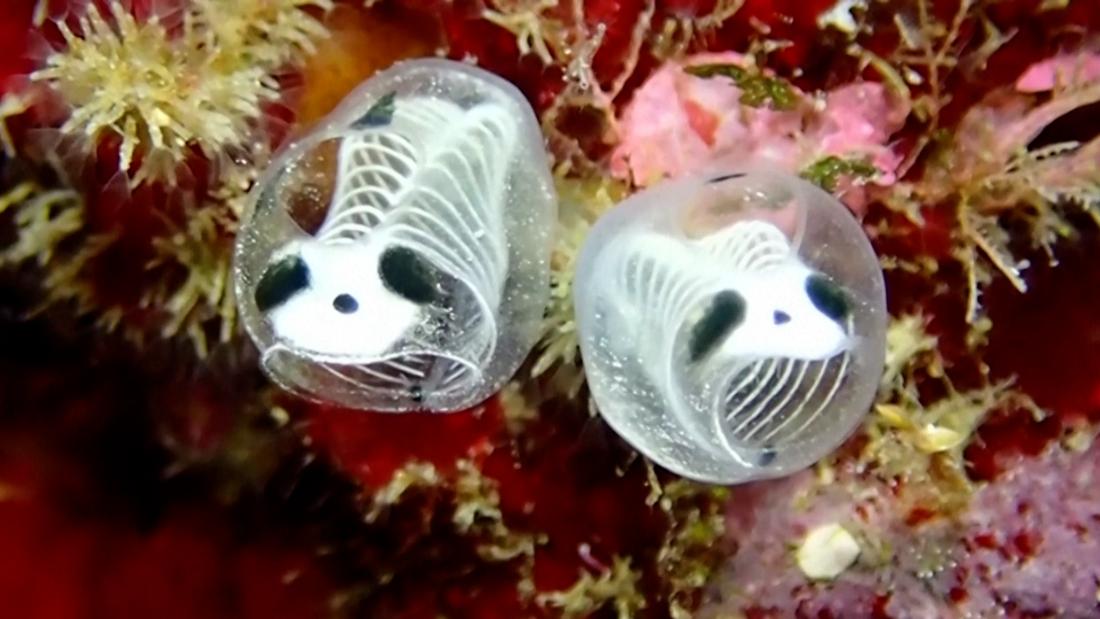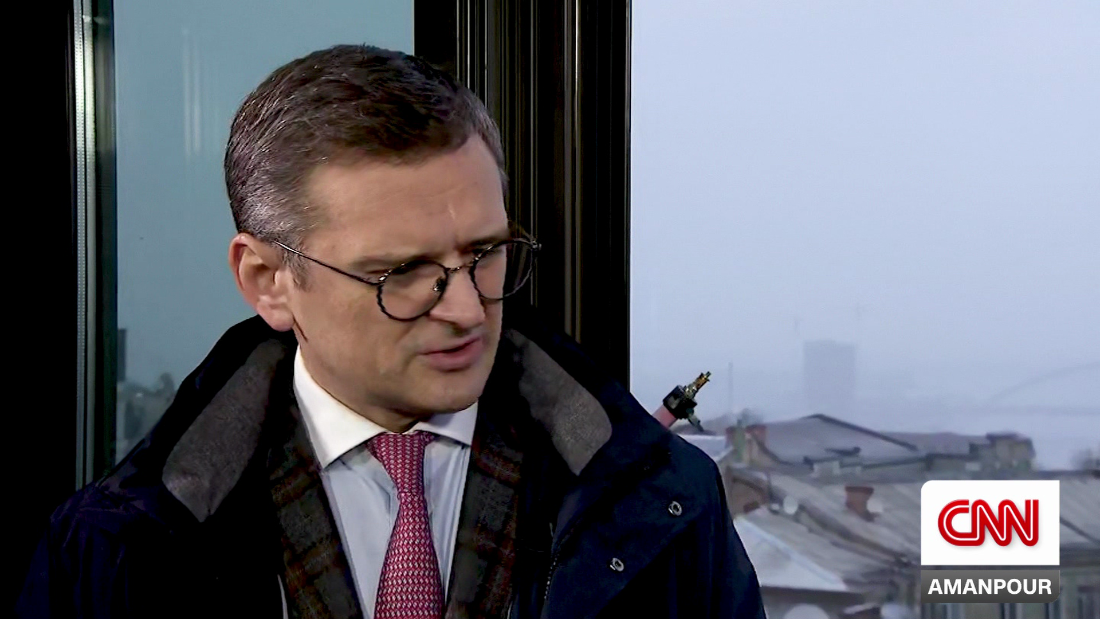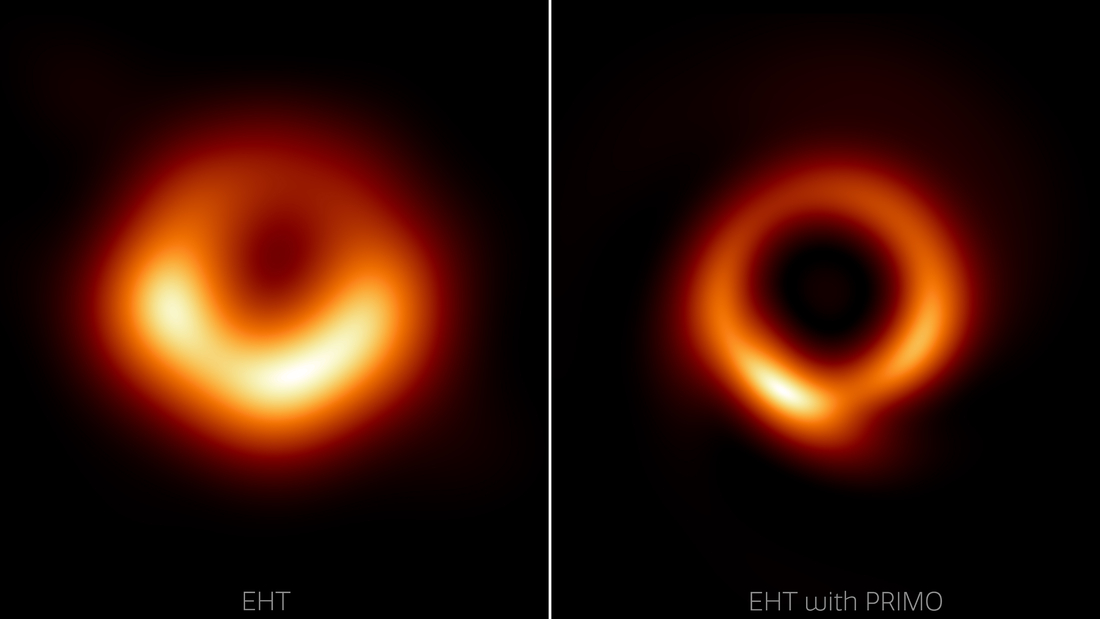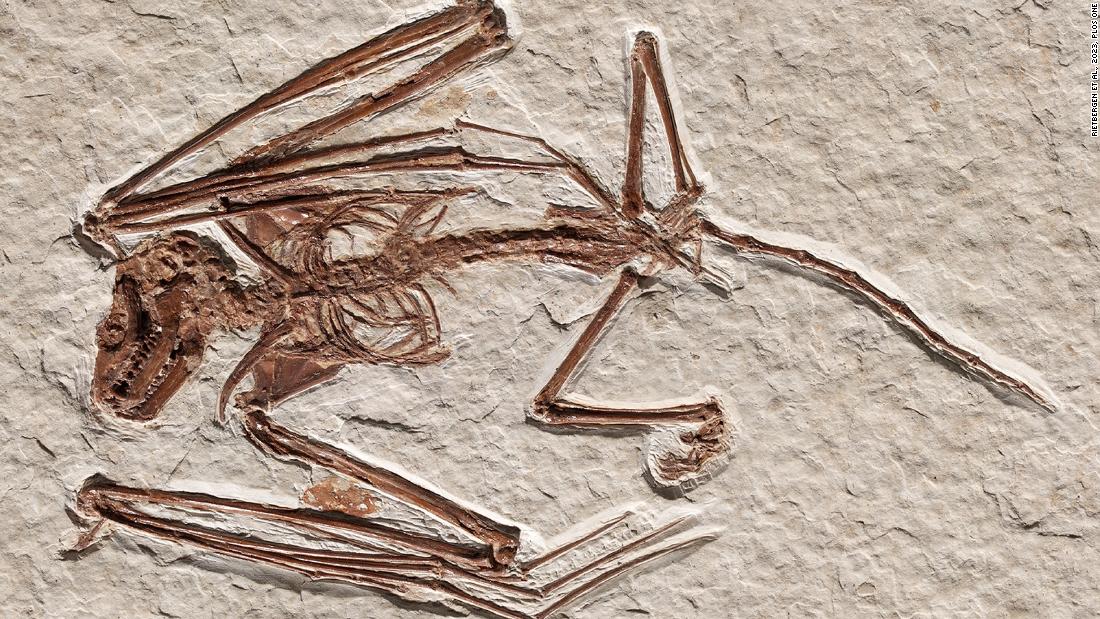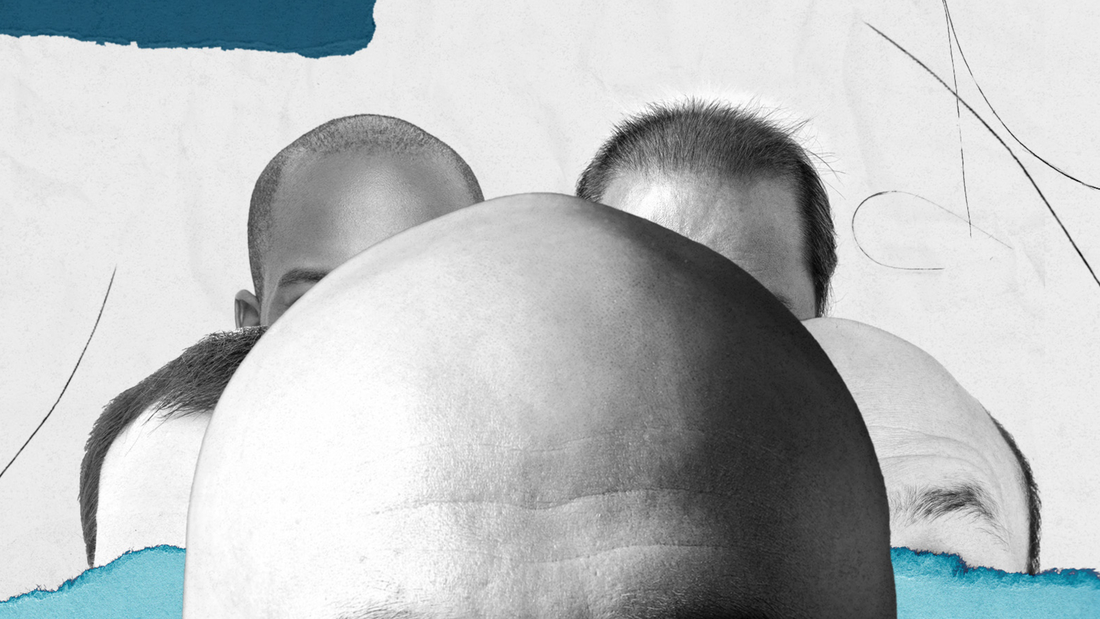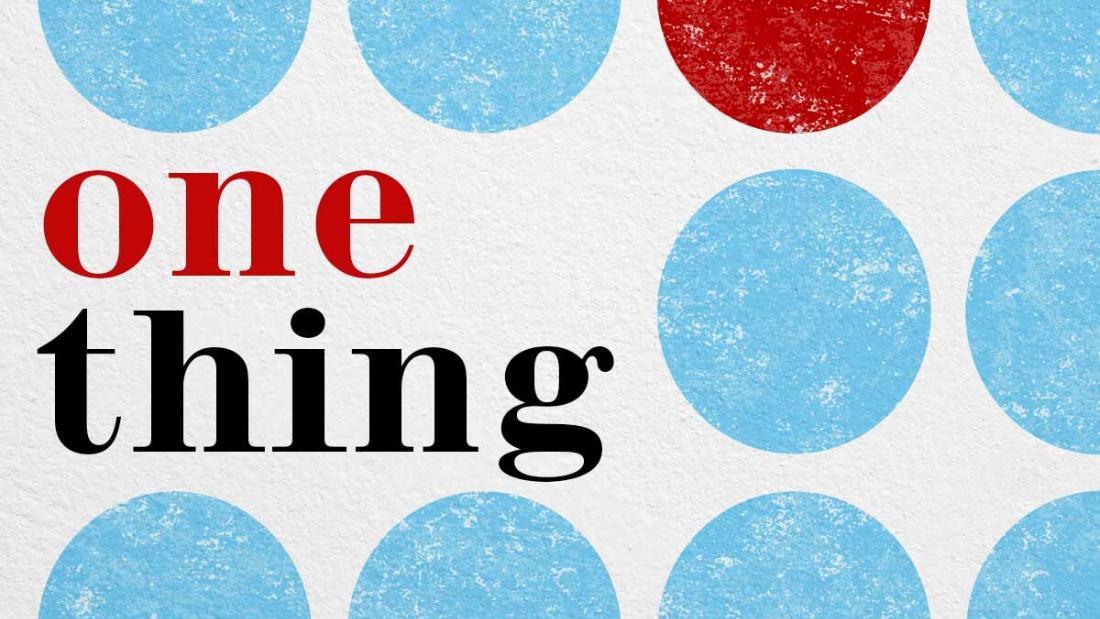TOP scientists have finally recreated the face behind a 1,500-year-old “alien skull” discovered more than 50 years ago in Switzerland.
Found in the 1970s in the village of Dully, the unique-looking skull stood out for its elongated shape, sparking speculations that it could be from another world.
Credit: Cicero Moraes/Pen NewsScientists have finally revealed the true face behind the ‘alien skull’ that was found more than 50 years ago in Switzerland[/caption]
Credit: Cicero Moraes/Pen NewsExperts were able to rebuild the features of her face[/caption]
Credit: MCAH via Pen NewsThe unique-looking skull stood out for its elongated shape, sparking speculations that it could be from another world.[/caption]
While it looks like something straight out of science fiction, researchers found that the skull actually belonged to a woman who died in her 40s during the fifth century AD.
Now, it’s been used to rebuild her head and bring her face to life for the first time in some 1,500 years.
Cicero Moraes, lead author of the new study, said skulls like hers had come to be known as “alien skulls” in popular culture.
To recreate her face, Cicero and his colleagues used measurements from a 3D model of her skull digitised by the Cantonal Museum of Archaeology and History.
He said: “The term comes from their unusual shape – elongated, flattened, or even conical – which can resemble depictions of extraterrestrial beings from science fiction.
“However, there’s nothing otherworldly about them, it’s simply an impression created by their distinctive appearance.
“The unusual shape results from a practice called intentional cranial deformation.
“From infancy, boards or bandages were used to mould the skull while it was still growing.”
Guided by data from living donors, they then rebuilt the likely shape of her missing mandible and plotted the probable placement of her eyes, nose, mouth, and other features.
At first, they created an objective version of the face, which was bald and black and white.
For the second version, scientists experimented with subjective features such as the skin tone and the colour of the eyes.
Mr Moraes said the woman had “gentle features, a well-defined nose, and eyes” that convey an “intriguing presence”.
He added: “Tomography scans from two women – one of European origin and one of Asian origin – were digitally adapted to fit the skull’s shape.
“This provided further data for projecting what her face might have looked like.
“Finally, details like hair and texture were added using digital techniques, resulting in an image that brings her appearance to life after 1,500 years.”
“This work highlights the power of technology to connect us with the past. Beyond giving this woman a face, the study sheds light on how distant cultures influenced one another.”
What are the elongated skulls?
Elongated skulls are human skulls that have been intentionally modified to achieve a lengthened, oblong shape.
This is achieved through a process called artificial cranial deformation or modification, also known as head binding or flattening.
The process involves applying pressure to a young child’s skull, typically beginning a month after birth and continuing for about six months, while the bones are still malleable.
Different methods of applying pressure, such as binding the head between two pieces of wood or wrapping it in cloth, result in varying shapes, including elongated, flat, round, and conical forms.
Evidence of artificial cranial deformation dates back to Neolithic times and has been practised across various cultures worldwide, including in Eurasia, the Americas, Austronesia, Africa, and Japan.
But the mystery remains as to why her skull was warped this way.
Cicero said: “Researchers believe it was a cultural tradition, possibly brought from Asia by the Huns and Alans, and adopted by the Burgundians – the group she likely belonged to.
“It may have served as a marker of social status, religious significance, or even an aesthetic preference – a practice seen in various cultures of the time.”
However, it appears not to have impacted her health.
Mr Moraes explained: “It might seem that altering the skull would impact the brain, but the study of the Dully skull suggests otherwise, at least in terms of volume.
“Her estimated brain volume falls within the average range for women, despite a smaller-than-average head circumference.
“This implies that her health and behaviour were likely unaffected by the deformation, though it’s hard to be certain”
It comes after mysterious alien-like statues with bizarre elongated skulls and lizard features have been unearthed at an ancient Stone Age site.
Archaeologists discovered the statues from 7,000 years ago in Kuwait, unlocking key understanding on the origin and evolution of one of the oldest settlements in the Arabian peninsula.
The Bahra 1 site has been a key source for understanding ancient Stone Age societies in Arabia since 2009.
It was one of the Arabian Peninsula’s oldest settlements, with occupation from around 5500 to 4900 BC.
Excavations carried out at the site have led to key insights specifically into the Ubaid culture, which came from Mesopotamia, a region in Iraq, over to Antolia and the Arabian peninsula.
Now, a dig has unearthed bizarre alien-like clay heads at the site.
They bear stark similarities to aliens, with elongated skulls and lizard features that are the same features given to the space creatures today.
Credit: Cicero Moraes/Pen NewsScientists used to rebuild her head and bring her face to life for the first time in some 1,500 years[/caption]
Credit: Cicero Moraes/Pen NewsCicero Moraes at work[/caption] Published: [#item_custom_pubDate]
















